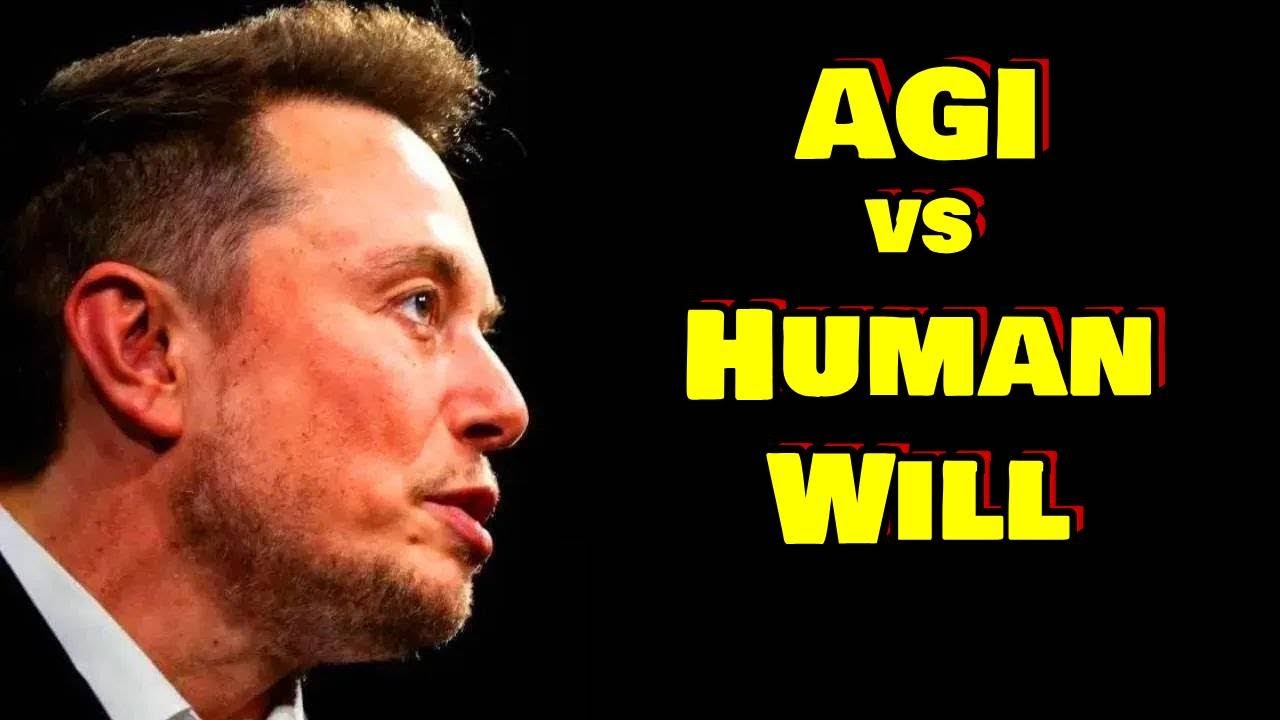In a nearly nine-hour podcast, Elon Musk discusses the advancements in brain-computer interfaces through Neuralink and the potential of combining this technology with humanoid robots, like Tesla’s Optimus, to create intuitive machines that can understand human intentions. He emphasizes the importance of human will and emotional motivations in aligning AI with human values, while also addressing the engineering challenges of developing functional humanoid robots, particularly in replicating human dexterity.
In a recent nearly nine-hour podcast, Lex Fridman interviews Elon Musk, delving into topics such as Neuralink, humanoid robots, and the future of artificial intelligence (AI). A significant focus is on the first clinical trial participant of Neuralink, a quadriplegic individual who, through a brain-computer interface, can interact with computers and play video games, achieving impressive scores that surpass many able-bodied individuals. This technology represents a groundbreaking way of communication, allowing users to control devices through thought, akin to telepathy, and highlights the potential of brain-computer interfaces to revolutionize human-computer interaction.
The conversation then shifts towards the implications of combining brain-computer interfaces with humanoid robots, particularly Tesla’s Optimus. Musk shares his thoughts on how merging these technologies could create robots capable of understanding and responding to human intentions more intuitively. Jim Fan, an AI researcher at Nvidia, also contributes to the discussion by emphasizing the importance of hand dexterity in robot development and how current projects aim to refine the capabilities of humanoid robots. This intersection of AI and robotics presents a future where robots could handle a variety of tasks with a level of dexterity and understanding that mimics human behavior.
Musk further elaborates on the concept of human will and purpose in the context of AI. He argues that while AI can process information at unprecedented speeds, the unique human drive, primarily rooted in primitive instincts, contributes significantly to our decision-making and creativity. He posits that the human brain’s structure and its emotional motivations might offer essential insights into aligning AI with human values, suggesting that our slower communication rate could be a barrier to effectively integrating AI into society. This highlights the need for improved interfaces to enhance our interaction with AI systems.
The discussion also touches on the skepticism surrounding AI development, with critics suggesting that the current hype cycle may lead to a bubble. Musk counters this notion by pointing to the significant investments being made by tech giants like Google, Microsoft, and Nvidia, indicating that industry insiders are betting heavily on the future of AI. He believes that advancements in AI, particularly through real-time data collection from devices like Tesla cars and humanoid robots, will be crucial for developing superior AI systems that can learn and adapt more effectively than traditional models.
Finally, Musk addresses the challenges in developing humanoid robots, emphasizing that the engineering complexity lies significantly in creating sophisticated and functional hands. He notes that much of the intelligence in human action involves hand manipulation, and replicating this in robots will require innovative designs. Additionally, Musk suggests that Neuralink may play a role in ensuring that AI aligns with human intentions, positing that enhancing communication speed between humans and AI could facilitate better alignment of collective human will with artificial intelligence, thereby improving safety as we advance toward a future where AI becomes increasingly integrated into daily life.
